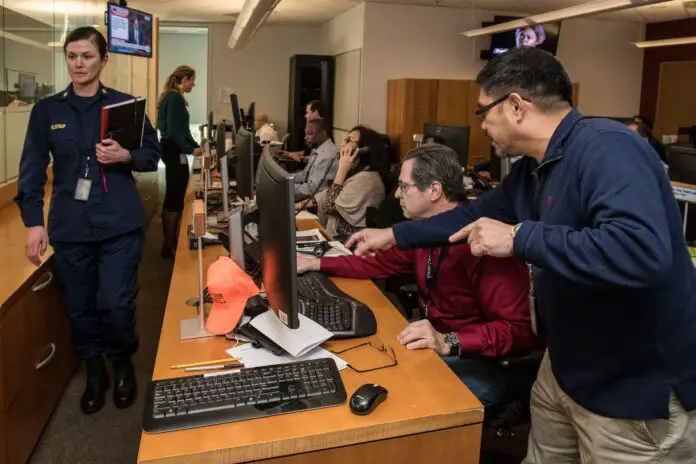Facility management is a varied sector within the business industry through which functionality, comfort, safety and efficiency are ensured and integrate people, places and processes with the aim of improving productivity levels and the quality of life.
Coordinating the processes can be challenging, but facility management mitigates risks and environmental impacts while promoting tactics for long-term cost management. Moreover, this set of practices leverages security, the most important. There are four main pillars of facilities management, each with a particular purpose.
Here’s how to implement them.
People
Supporting people is the first and most important factor in carrying out proper management facilities. The creation of an accommodating work environment attracts and retains top talent while building a positive workplace culture in which efficiency and productivity are essential. Facilitating moves and space utilisation is only one contributing element in the whole procedure. A facility management checklist is a helpful tool for companies, as it can streamline processes and save time on task-checking.
Processes
After establishing a safe space for employees, processes must be ordered to create a system of expectations. Some examples of such functions include submitting a work order request or simply planning for an emergency. Regardless, the facility manager must identify and control these sections, but employees from different departments can also contribute to ensuring everything goes smoothly.
Of course, processes can be changed frequently to bring something new to the table. Once established, it doesn’t mean they’ll provide the same results in the future too. Therefore, the facility managers should be open to discussion regarding potential improvements.
Buildings
Facilities management also prioritises the improvement of the physical buildings. Of course, this goes beyond the actual company location but can also include partnership cultivation and asset management. Examples of such tasks include finding and maintaining vendor contracts and workplace cleaning. As facilities are a considerable expense, they must be transformed into a competitive advantage by ensuring they meet the needs of employees.
Safety is also an essential aspect of a building. Hazards, diseases, and other unfortunate events should be controlled, for which a Legionella risk assessment template would help the company ensure the risk of exposure is limited.
Technologies
Technology integration is paramount to the business as a way to develop, but also for the facility management aspect. So, to identify and implement the right technology, the facility manager has to contribute regarding the selection, usage and benefits of such devices ―for example, researching IoT devices and integrating them, determining the cost and advantages of smart technologies as well as using aggregate data.
A workplace management solution can help managers collect and analyse data for an in-depth insight into the workplace without being the subject of bias. But for technologies to be integrated, access to data collection needs to be secured and acknowledged.
Bottom line
Managing facilities can be a challenge to many businesses. Still, it is essential to maintain and ensure that people and assets can work together to push productivity levels beyond expectations. A safe space is required for employees to give their best, but people, too, need to be aware of the importance of their workplace.


The content Team Writer is one of the writers from our team of content writers. The Business Goals blog is expanding day by day and we need more writers and brand ambassadors for promoting our media website. If you are interested contact your portfolio through the Write for Us page.

















































